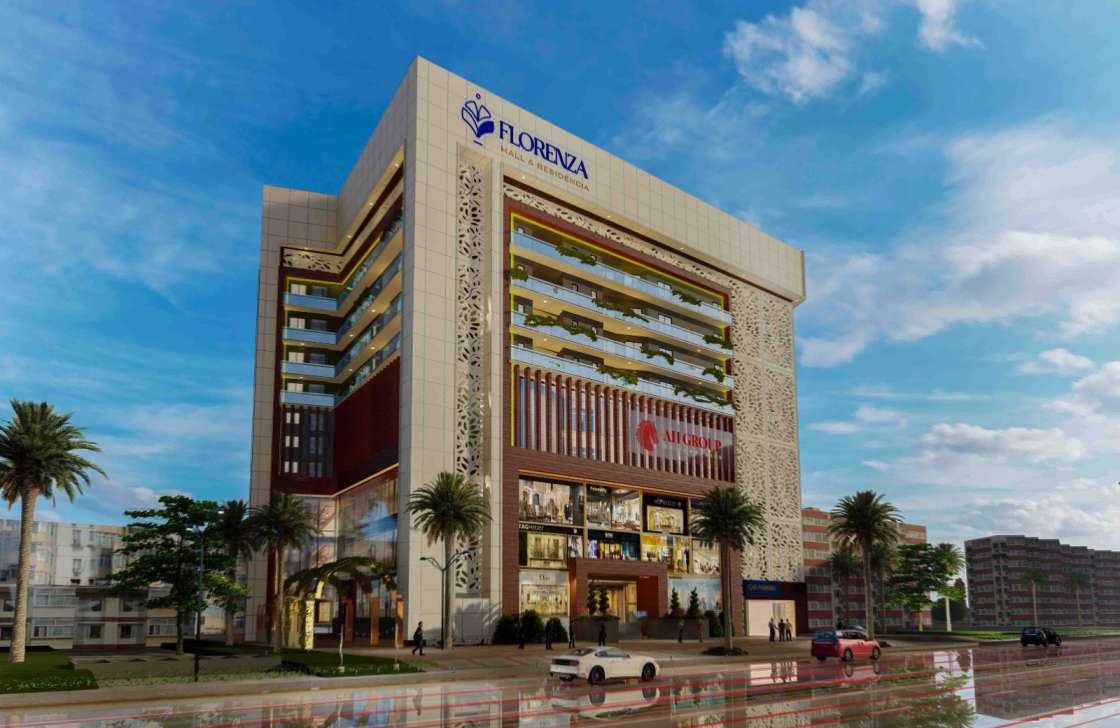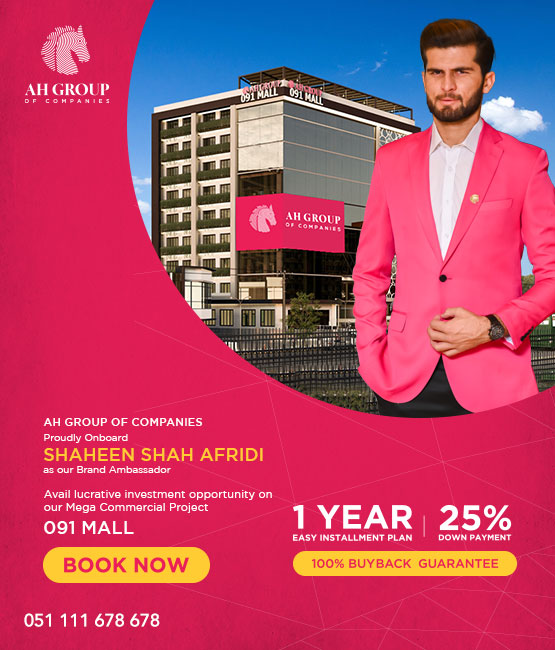A Brief History Of Architecture

In today’s blog, we will discuss a brief history of the world of architecture. Architecture exists at its core to develop the physical surroundings where individuals live; however, architecture goes far beyond the physical environment; it’s also an essential part of our culture. It symbolizes our perceptions of ourselves as well as the way we perceive the world.
Architecture Origins And The Meaning Behind It
Architecture is distinct from engineering skills in that it is the craft and strategy of constructing and designing. It refers to the method and the result of drawings, conceptualizing, preparing, designing, and building structures. The phrase originates in Latin architectura; from Ancient Greek “arkhitéktōn” where it stands for ‘architect’; from “arkhi” where it stands for ‘chief’, and “téktōn” where it stands for ‘creator’. Throughout the material form of buildings, architectural works are widely recognized as cultural icons and artistic creations. Architectural accomplishments from historical civilizations are frequently used to identify them.
Architecture evolved from sparsely populated, oral architectural styles through experimentation and failure to successful reproduction. Until Greek and Roman architecture, historic urban architecture was fixated with constructing religious institutions and structures exemplifying rulers’ political influence.
Indian and Chinese architecture impacted forms throughout Asia, and Buddhist architecture, in specific, took on a variety of regional varieties. In fact, pan-European styles of Gothic and Romanesque cathedrals and abbeys surfaced during the European Middle Ages, whereas the Renaissance preferred Classical forms executed by well-known architects. Architects and engineers eventually divided their roles.
Following World War I, an avant-garde trend aimed at developing an entirely new style adequate for an associated post-social and economic order concentrated on addressing the requirements of both the working and middle classes appeared.
Modern methods, components, and simpler geometric shapes were made a priority, setting the stage for high-rise monoliths. Numerous architects were becoming jaded with modernist architecture, which they saw as oversimplified and anti-aesthetic, and postmodern and contemporary architecture emerged as a result.
The Importance Of Architecture
Architecture emerges at its core to establish the physical setting where individuals live; however, architecture goes further than the built environment; it’s also an integral part of who we are. It represents our perceptions of ourselves in addition to the way we perceive the world.
Whereas the premise of shelter is relatively simple, the aesthetic of building structures was initially influenced by the climate of a given region, the resources that were easily accessible, and the principles of the community that built them. The styles progressed as the world became more linked, yet in structural engineering, there continues to be a significance in honoring cultural dimensions in the urban fabric.
Additionally, there is an acknowledgement that architecture is a practice as a whole, therefore one might assert that it is crucially significant for architects to proceed to push the limits of building in new ways, for the sake of the craft.
More Than Just A Building
Architecture doesn’t just have a large impact on society as a whole, but it can also have quite a tremendous impact on its inhabitants at a more personal basis. The complete configuration of the interior to the material touches can have an effect on the well-being, emotions, and efficiency of those who use it. Individuals who operate in well-designed spaces take less sick leave, are more likely to focus, and contribute more to their company overall.
Well-designed architecture as well as the emotional connection people have to it are not easily quantifiable. However, we all have experienced the sensation of strolling into an environment that really just feels right. It’s not only operational, but it also speaks to you on a primal level. While designing for function is essential, it’s also vital to tap into that emotional bond because they both converse to the sense of perceiving architecture. It’s not merely an intellectual comprehension, but an emotional bond between both the user and the space itself. Architecture not only has a high social impact, but it may also have a tremendous impact on its habitants on a more individual level.
The Architects Role
Architecture is both an art and a science, attempting to draw on and entwining psychology, sociology, economics, politics, and other disciplines. Before any drawings are even started, Architects spend a significant amount of time getting to know the client, the community, and the environment in which the project will be located.
We try to gain insight from past efforts, both our own and effective projects of a similar composition completed by others. A promising idea is one that acknowledges that perhaps the environments and structures we love most evoke feelings in us that are hard to quantify and yet are created by the process of gathering and implementing the aforementioned knowledge and research.
Conclusion
Looking ahead to the future of architecture and its impact on society, we anticipate that technology will continue to have a large impact, but we believe it is critical that we continue to understand human relationships to the built environment.
There are numerous ways for architects to continue to evolve their profession and respond to our society’s changing needs. In the next blog, we will delve deeper into the historical architecture that has made it what it is today.

















